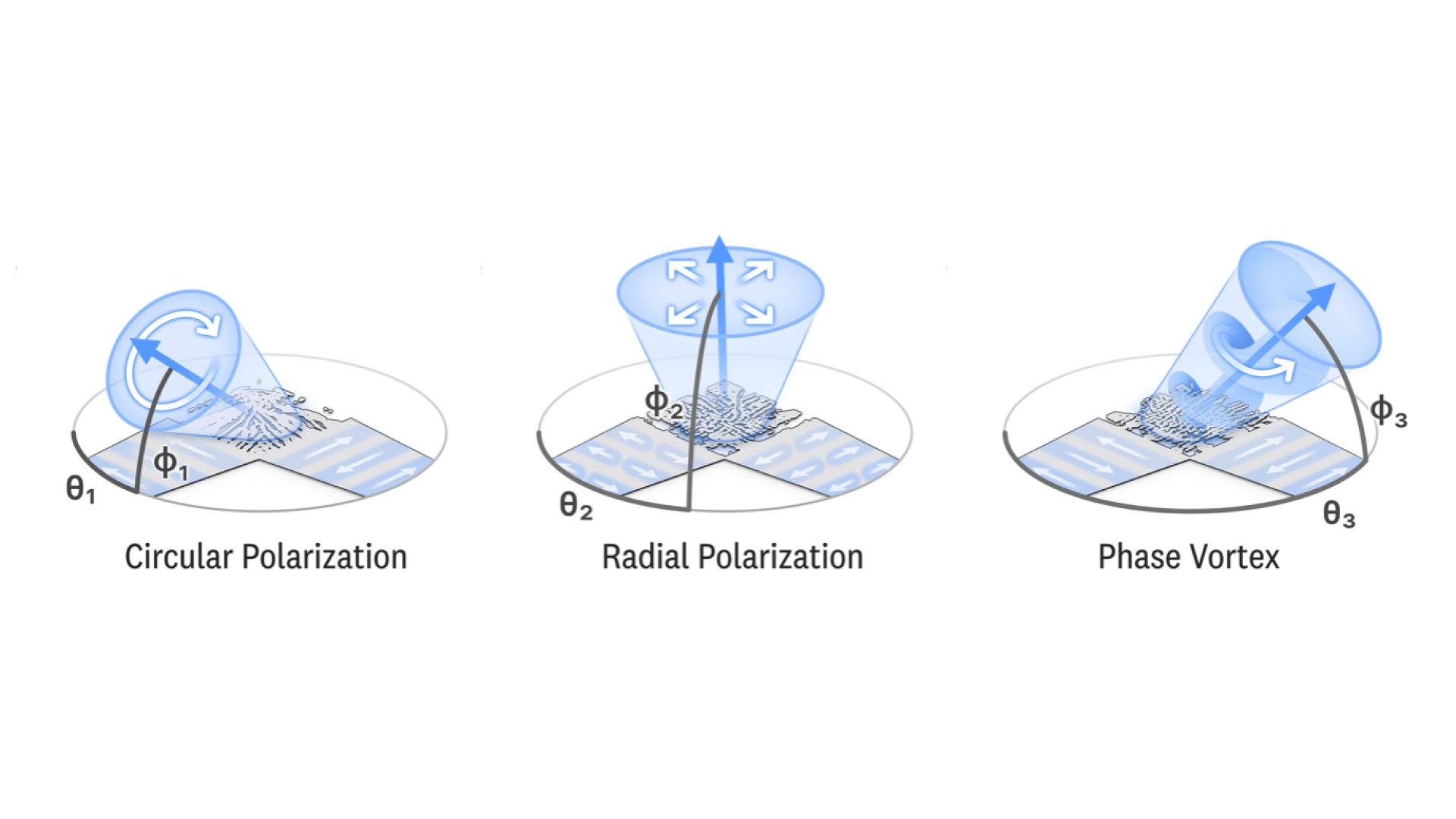Grisha Spektor, 2019 Fellow, and his colleagues at the National Institute of Standards and Technology in Boulder, Colorado, have published new research that highlights the interdisciplinary impact of computational nanophotonics on cold atom systems. The research, published in Optica, could have technology applications across both the research and commercial sectors.
The work has the potential to shed light on a new method of photonics in medical applications by enabling the control of all the degrees of freedom of light from a chip to help make chips that shrink and integrate various spectroscopic techniques. This could help continually analyze processes in our bodies by creating miniature integrated analyzers enabling molecular fingerprinting using all light properties beyond color.
By integrating all the beam generation and shaping onto a single chip, our scalable platform has the versatility and capacity to take atomic quantum technologies to the world outside the lab.
Precision shaping and controlling beams of visible light are critical for diagnosing and studying human diseases, trapping atoms that form the basis of the world’s most accurate clocks, quantum computing, and many other quantum-based technologies.
Grisha and his colleagues experimentally demonstrate a versatile approach based on superposition of guided-mode sources, allowing the generation and full control of free-space beams directly from a single-layer photonic chip.
Grisha comments: “Our test results show that the chip device, once perfected, should be able to guide, shape, and deliver a virtually unlimited number of closely-spaced light beams at various visible-light colors, all from within a single device layer.
Currently the most precise atom-based quantum technologies are bound to the lab by relying on Laboratory-scale setups. The majority of those setups consist of bulk optics that are used to shape and deliver the various beams required for the preparation and interrogation of the atoms. Grisha continues: “By integrating all the beam generation and shaping onto a single chip, our scalable platform has the versatility and capacity to take atomic quantum technologies to the world outside the lab.”
Read the full article here.



